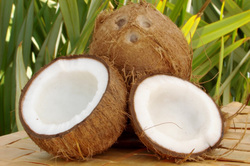 BELIZE COCONUTS I sell alot of coconuts, and for most people this is often their first experience in tasting a fresh coconut right from the tree. Coconuts are abundantly found on most any palm tree here in Belize. Once you've had a young coconut, where the meat is soft and sweet to eat, you will want another, and another and another. They are absolutely delicious! A full-sized coconut weighs about 3.2 pounds. It takes around 6000 full-grown coconuts to produce a tonne of copra. There is a single see within the shell. When the seed germinates, the root of its embryo pushes out through one of the eyes of the shell. The outermost layer of the seed, adheres to the inside of the shell. In a mature coconut, a thick albuminous endosperm or meat adheres to the inside of the shell. This meat is the white and fleshy edible part of the coconut. Like most nut meats, coconut meat contains less sugar and more protein than popular fruits such as bananas, apples and oranges. It is relatively high in minerals such as iron, phosphorus, and zinc. Immature coconuts are more likely to contain coconut water and less meat. They are often sold with a small portion of the husk cut away to allow access to the coconut water. Young coconuts used for coconut water are called tender coconuts. The water of a tender coconut is the liquid from the tender meat. It is sweet (mild) with an aerated feel when cut fresh. Depending on its size a tender contains 300 to 1,000 ml of coconut water. The meat in a green young coconut is softer and more gelatinous than that in a mature coconut—so much so that it is sometimes known as coconut jelly. When the coconut has ripened and the outer husk has turned brown, a few months later, it will fall from the palm of its own accord. At this time the coconut meat has thickened and hardened, while the coconut water has become somewhat bitter. The coconut palm is a member of the palm family. The term coconut can refer to the entire coconut palm, the seed, or the fruit, which is not a botanical nut. The spelling cocoanut is an old-fashioned form of the word. The term is derived from 16th century Portuguese and Spanish cocos, meaning "grinning face", from the three small holes on the coconut shell that resembles a human face. Found across much of the tropics, the coconut is known for its great versatility as seen in the many domestic, commercial, and industrial uses of its different parts. Coconuts are part of the daily diet of many people here in Belize. The oil and milk derived from it are commonly used in cooking and frying; coconut oil is also widely used in soaps and cosmetics. The clear liquid coconut water within is a refreshing drink and can be processed to create alcohol. The husks and leaves can be used as material to make a variety of products for furnishing and decorating. It also has cultural and religious significance in many societies that use it. When the coconut fruit is still green, the husk is very hard, but green coconuts only fall if they have been attacked by molds or other blights. By the time the coconut naturally falls, the husk has become brown, the coir has become drier and softer, and the coconut is less likely to cause damage when it drops, although there have been instances of coconuts falling from palms and injuring people, and claims of some fatalities. This was the subject of a paper published in 1984 that won the Nobel Prize in 2001. Falling coconut deaths are often used as a comparison to shark attacks; the claim is often made that a person is more likely to be killed by a falling coconut than by a shark, yet such evidence as there is would suggest that the number of deaths due to falling coconuts is small. FACTS ABOUT COCONUTS "Fresh coconut juice is one of the highest sources of electrolytes known to man, and can be used to prevent dehydration, for instance in cases of diarrhea or strenuous exercise, instead of a sports drink. Some remote areas of the world even use coconut juice intravenously, short-term, to help hydrate critically ill patients and in emergency situations". Its a natural isotonic beverage, with the same level of electrolytic balance as we have in our blood. During the Pacific War of 1941-45, both sides in the conflict regularly used coconut water - siphoned directly from the nut - to give emergency plasma transfusions to wounded soldiers. Most coconut water is still consumed fresh in tropical coastal areas - once exposed to air, the liquid rapidly loses most of its organoleptic and nutritional characteristics, and begins to ferment. 1. Coconut Water is More Nutritious than whole milk - Less fat and NO cholesterol! 2. Coconut Water is More Healthy than Orange Juice - Much lower calories 3. Coconut Water is Better than processed baby milk- It contains lauric acid, which is present in human mother's milk 4. Coconut water is naturally sterile -- Water permeates though the filtering husk! 5. Coconut water is a universal donor-- Its identical to human blood plasma 6. Coconut Water is a Natural Isotonic Beverage - The same level we have in our blood. 7. Coconut water has saved lives in 3rd world countries thru Coconut IV.
0 Comments
Leave a Reply. |
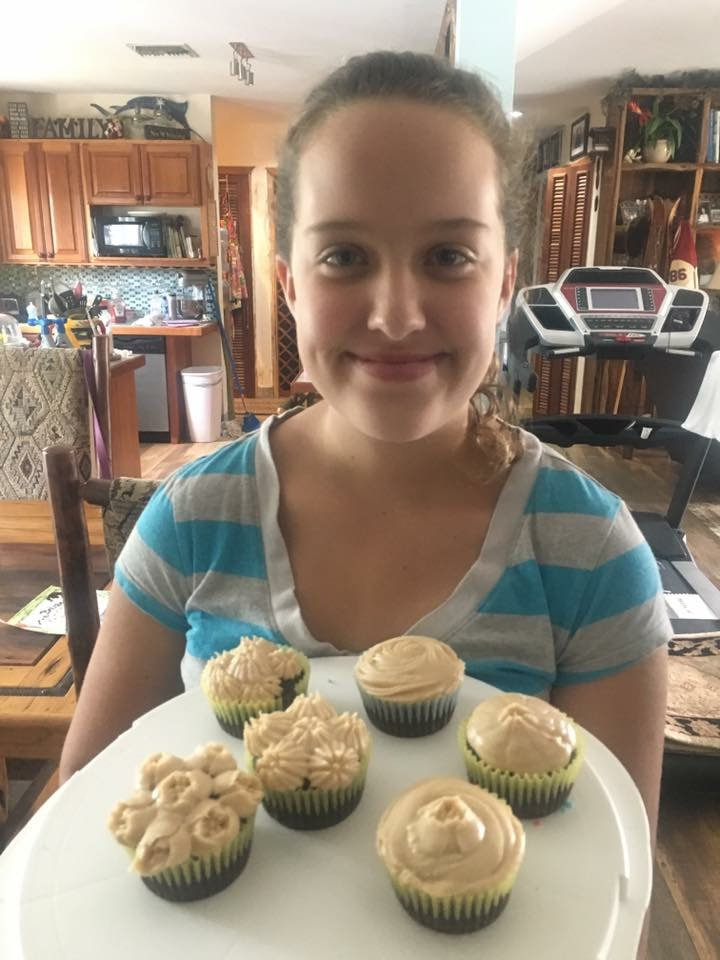
WELCOME TO BELIZE
My name is Lauren Maya Turley. I've lived in Belize now for the past 14 years, basically since I was born. Belize is my home. Archives
April 2012
Categories
All
|
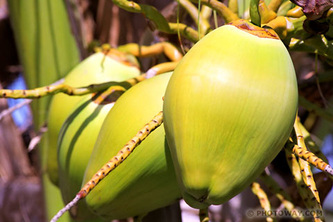
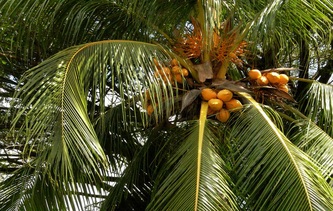
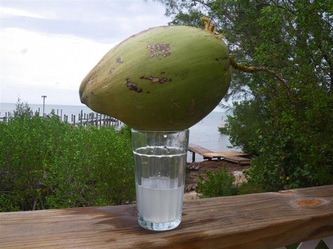
 RSS Feed
RSS Feed